Sometimes it’s easier to look to the past for inspiration when searching out the perfect new flour or grain…
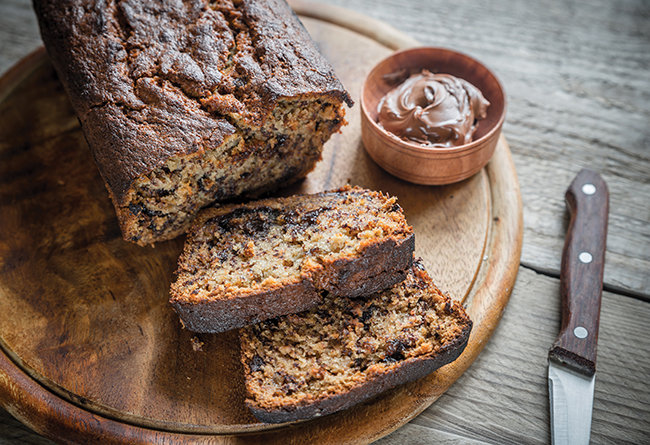
One of the food trends that’s growing in popularity is including more ancient grains in your diet. These whole grains have been around for centuries and were cultivated and eaten as far back as the ancient Egyptians. Not only are they nutrient packed, many are gluten-free and incredibly versatile. Nutritionist and chef Christine Bailey shows us how to make the most of these delicious, healthy grains.
Quinoa
Known as the ‘gold of the Incas’ because the Incas believed it increased the stamina of their warriors. Quinoa has been used for thousands of years as a nourishing grain. Technically a seed rather than a true grain, Quinoa is a great source of complete protein containing all nine essential amino acids. There are about 12 grams of protein in one cup of quinoa, compared to about five grams in a cup of rice.
It is also packed with fibre and studies show it is effective at lowering triglycerides, stabilising blood sugar and lowering diabetes risk. Quinoa also contains a range of nutrients and antioxidants including iron, magnesium, manganese and B vitamins, making it perfect for boosting energy. It cooks up in around 15 minutes, and has a mild nutty flavour and chewy texture that works well with in many dishes hot or cold. Try quinoa in salads, soups or stews, as a breakfast porridge, or as a healthy side dish. You can also find quinoa pasta and noodles. Quinoa flour also makes a great alternative to regular flour in baking. 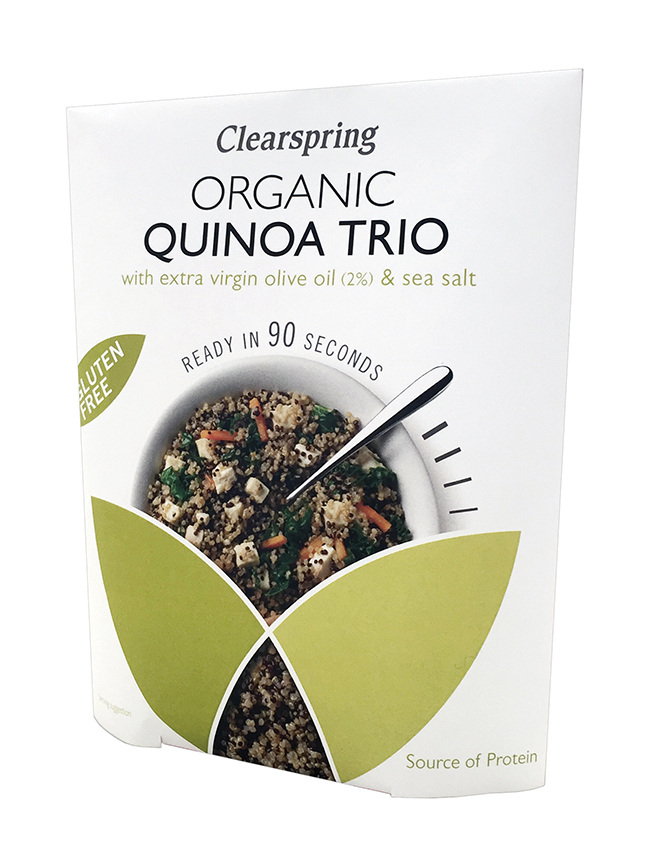
Clearspring Organic Quinoa Trio. A colourful mix of organic white, red and black quinoa which can be microwaved in 90 seconds. Delicious for using as a salad or accompaniment to a main meal. (www.clearspring.co.uk)
Buckwheat
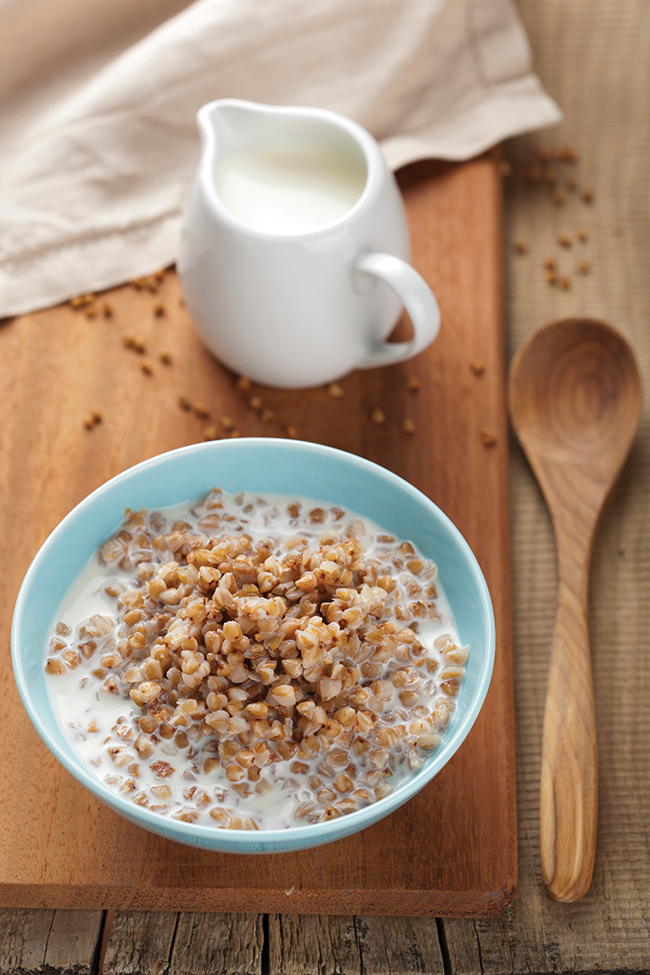
Buckwheat is a nutrient-packed, gluten-free seed which has been regularly eaten in Asian countries for centuries. Buckwheat seeds, also called ‘groats,’ are packed with nutrients and antioxidants like rutin, tannins and catechins, known for their heart health benefits. One cup of cooked buckwheat contains 6g protein and 6g fibre. This makes it a low glycemic grain useful for keeping you feeling fuller for longer and supporting more stable blood sugar levels. The groats are delicious lightly roasted and cooked to make the traditional Kasha cereal. The flour is popular in pancakes and delicious in homemade bars and cookies. You can also sprout the groats – soak them in water for around 6 hours then drain thoroughly. Place them in a sprouter and sprout for 2-3 days before using.
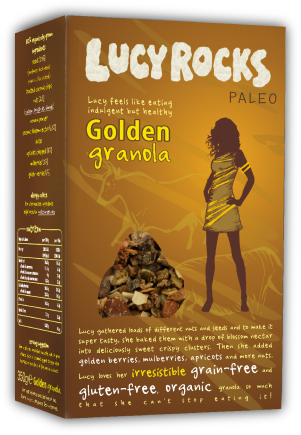
Lucy Rocks Granola. A fabulous blend of seeds, buckwheat, coconut, dried fruits and superfoods. (www.lucyrockspaleo.com)
Millet
For centuries millet has been a prized crop in China, India, Greece, Egypt and Africa, used in everything from bread to couscous, and as cereal grain. It’s available as flakes, whole seed, flour and incorporated into many gluten-free products.
It has a lovely mild taste which can be used in sweet and savoury dishes. A useful source of calcium, magnesium, manganese and B vitamins, it also contains tryptophan, which the body can convert into serotonin to calm and boost your mood. Cook millet as you would rice, but with more water (3 cups of water to 1 cup of millet).
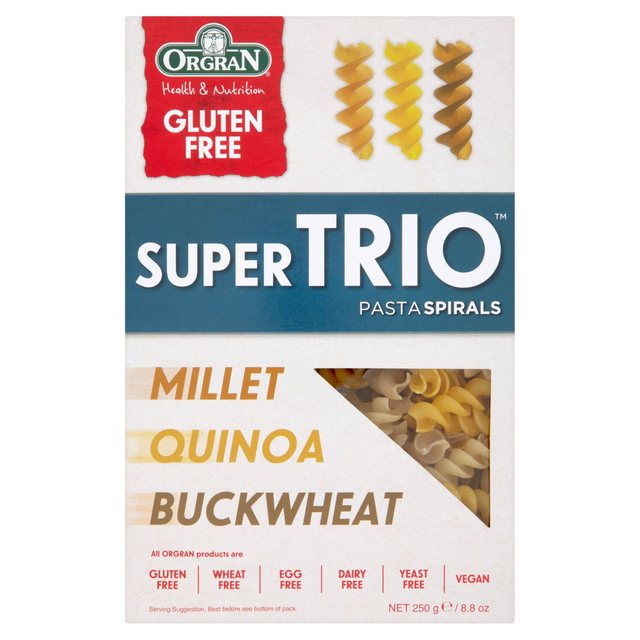
Super Trio Pasta Spirals by Orgran (contains millet, quinoa and buckwheat). A lovely nutty pasta much higher in fibre than regular pasta. (www.orgran.com)
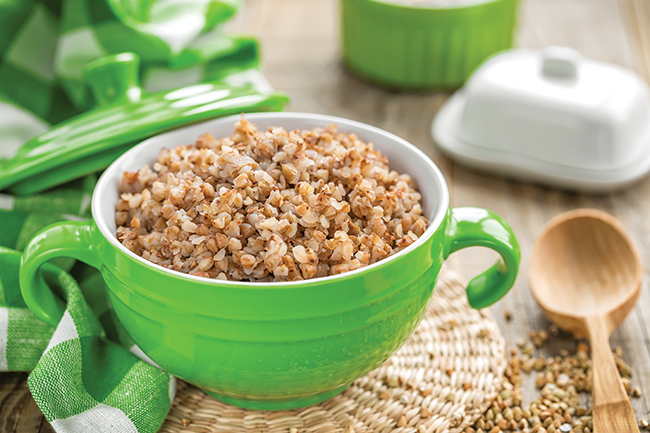
Amaranth
Cultivated by the Aztecs 8,000 years ago and still a native crop in Peru, amaranth is widely grown in Africa, India, China, Russia, throughout South America, and now popular in North America. It’s a popular gluten-free grain due to its exceptional nutritional content – packed with protein, fibre and a good source of iron, manganese, calcium and phosphorous and antioxidants. One cup of raw amaranth contains 15mg iron, compared to white rice which contains 1.5mg.
As it has a sticky texture when cooked, it is useful as a thickener in soups and stews. You can also pop amaranth. Toast a tablespoon of amaranth seeds at a time in a hot, dry frying pan. Shake or stir until the seeds pop. Eat as a snack or use to top soups, salads and vegetable dishes. Also available as flakes which make a great alternative to oats in bars and homemade granola.
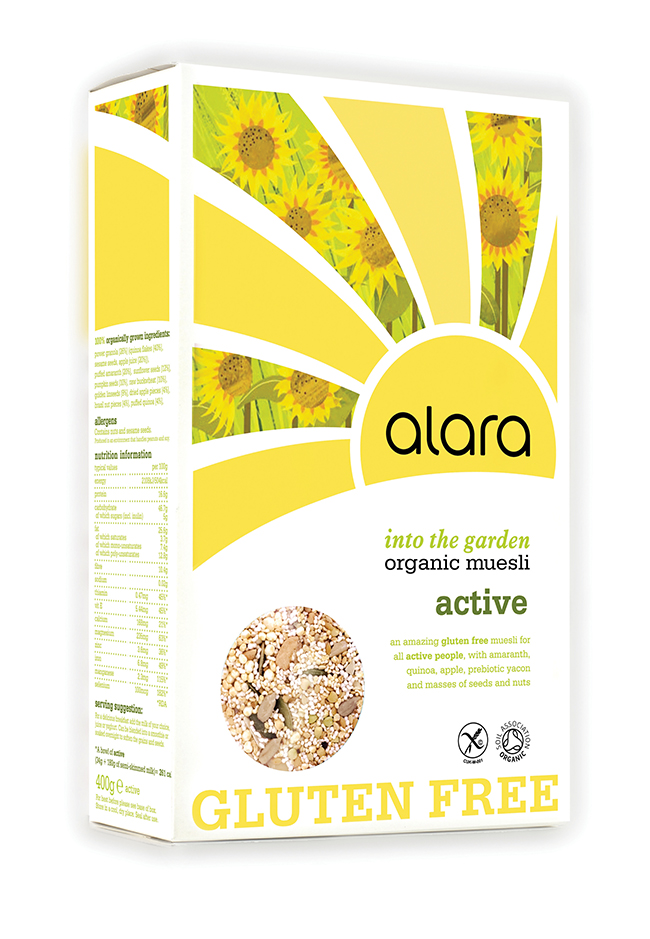
Alara’s Into The Garden Active Muesli – a great blend of buckwheat and amaranth flakes. Ideal for breakfast. (www.alara.co.uk)
Teff
Teff, which is grown in Ethiopia and used to make injera (the sourdough flatbread), is an incredibly nutrient-dense grain. Known for its high protein content and a great source of the essential amino acids for growth and development.
Teff has a nutty taste and is ideal for using in breads, cakes and cookies. The grain is tiny, resembling poppy seeds and cooks within 15 minutes. Use 1 cup teff grains to 3 cups liquid. You can also use it to make porridge which is delicious served with fruit and flavoured with cinnamon.
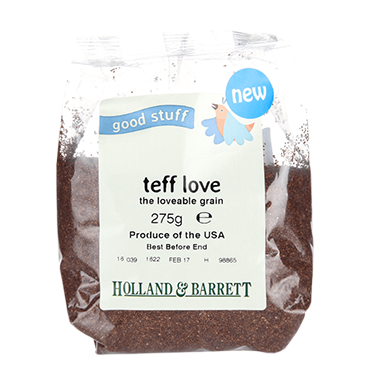
Holland & Barrett Teff grain. Delicious made into a porridge topped with fruit and yogurt. (www.hollandandbarrett.com)
Sorghum
Sorghum is actually a member of the grass family Panicoideae that originated in parts of Africa and Australia more than 5,000 years ago. Today it is responsible for nourishing many populations in the world. In fact, the World Grains Council considers it the fifth-most important cereal crop grown in the world. It has a delicious sweet mild flavour, making it fabulous in biscuits and cakes.
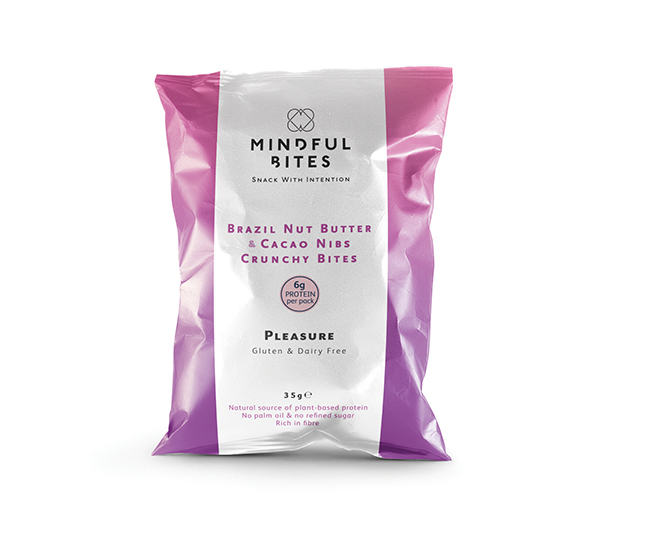
Mindful Bites (www.mindfulbites.co.uk). These delicious high protein, high fibre snacks contain no processed sugars and focus on ancient grains like sorghum to make these snacks healthy and filling.
About the author
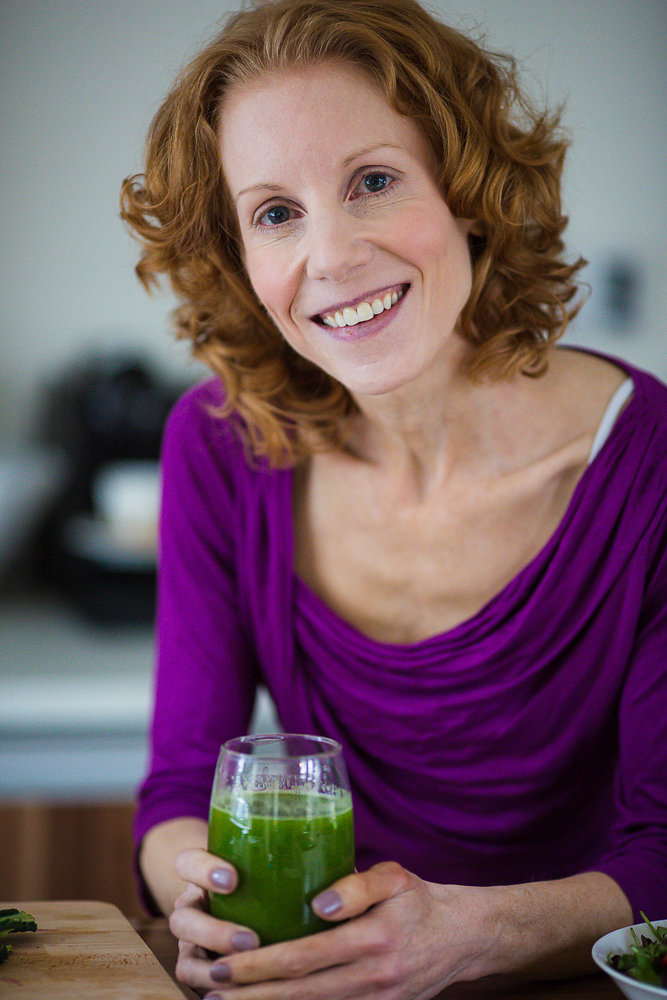 Christine Bailey is the director of Advanced Nutrition Ltd., and an award winning nutritionist, speaker, chef, food and health consultant and author, writing from her home in Reading, England. She is author of several health and recipe books including ‘Tasty Treats for Healthy Kids’ and ‘Top 100 Low Salt Recipes’.
Christine Bailey is the director of Advanced Nutrition Ltd., and an award winning nutritionist, speaker, chef, food and health consultant and author, writing from her home in Reading, England. She is author of several health and recipe books including ‘Tasty Treats for Healthy Kids’ and ‘Top 100 Low Salt Recipes’.
